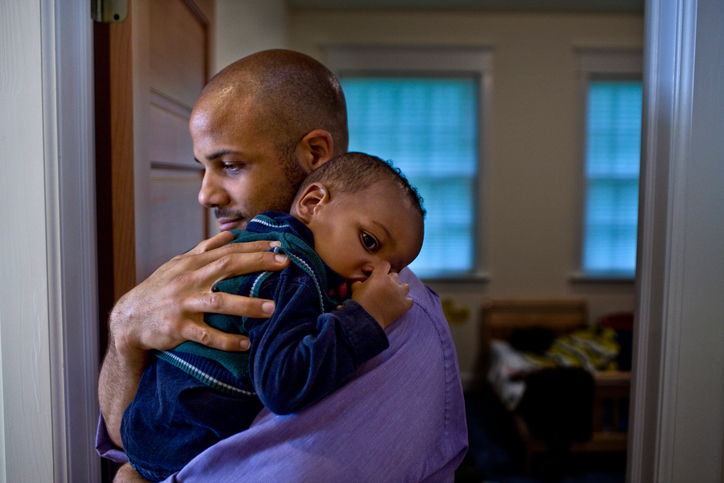
Having a baby is one of the most amazing experiences in anyone’s life. It also can be one of the most overwhelming, especially when it comes to baby safety.
The list of things to prepare for could take up entire shelves in the library or bookstore (and does). There are car seats and strollers to buy. There are rooms to paint and decorate, cribs to choose and put together and mountains of diaper bags to buy and store. There are announcements to send out and work plans to adjust.
And what about the name? That alone could take up months of debate.
Given that, new parents might not have had the time or mental capacity to think about all the safety concerns involved with a new baby or young toddler. But eventually, they will have to.
Best to prepare now and save time later. Then, parents will have more hours to fret about what schools the baby should attend and setting up a college fund.
For Baby Safety Month in September, here’s a list of some common potential safety issues. Take a deep breath, new parents. It’s going to be fine.
Check products
Make sure all baby products have been approved by the Consumer Product Safety Commission. Most will be. However, think twice about gifts of older items from relatives and friends, such as chairs, cribs and strollers. In many cases, newer is better.
Crib construction
Many parents pick out the crib early in the process. Even so, it’s best to check and make sure there is no more than 2.4 inches of space between slats on the crib. Again, this is unlikely to be an issue unless someone hands down an old crib. Also, don’t put bumper pads and a lot of other loose items in the bed with the baby.
Mitigating falls
Once babies start crawling around, they are going to tumble. Falling down is inevitable.
Obviously, the same is true when they get on their feet. Take extra precautions to clear out items on the floor that could cause baby safety problems. This will require daily sweeps of the floor. Cushion or remove any furniture with sharp edges.
Prevent choking
Experienced parents will tell you that babies and toddlers will put anything in their mouth. That’s because babies and toddlers really will put anything in their mouth. The dog’s tail. Cat litter. A plastic toy. Books. Dead insects. Eww.
Keep a sharp eye out on what the kids put in their mouths and make sure it’s not harmful (or gross). Small items can be a choking hazard and must be avoided at all costs. That includes items such as coins, batteries or some types of hard candy. Having something in their mouth also can lead to injuries when they take a tumble. Again, a quick daily sweep of the areas where the baby or toddler will be can prevent these types of issues.
Prevent poisoning
This is a common safety concern. Ensure that babies and toddlers do not ingest chemicals found in some common household items. While it takes time, a simple solution is to go through the entire house and elevate potentially harmful items far above where a toddler can reach. You also can install magnetic or latch locks onto the cabinets.
Prevent fires and burns
Ensure that all smoke detectors in the house are functioning. Plan an escape route in case there is a fire. Practice using that route. Burns are much more common than fires. Identify areas where children can get burned, typically the stove, fireplace and on appliances such as hair curling irons. Also, if you go to a social event where people are using fireworks or sparklers, keep a long distance away.
Guns and knives
If you are a gun owner, all of them should be unloaded and under lock and key. Ammunition should be locked up in a separate area. Knives in the kitchen should be elevated to the highest storage possible or in a drawer that is locked.
In all these cases, an ounce of prevention is worth a pound in cure. Think ahead and make sure these safety issues are addressed.








